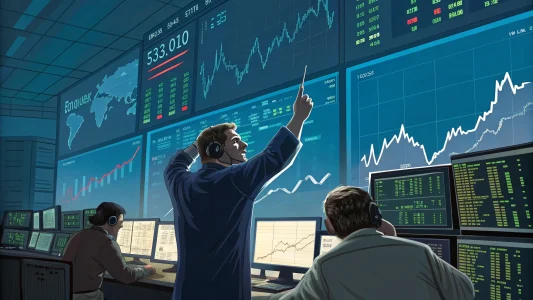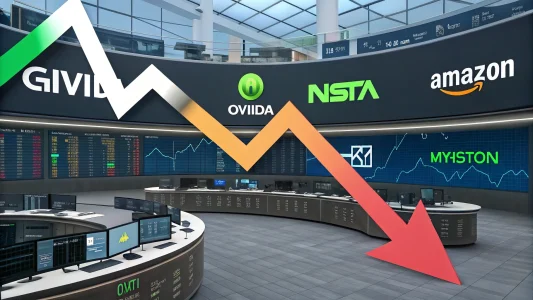President Donald Trump has publicly criticized Federal Reserve Chair Jerome Powell, calling him a “total stiff” and “mister too late” ahead of the Fed’s upcoming interest rate decision. The comments come as financial markets anticipate the Federal Reserve’s announcement tomorrow, Wednesday the 7th at 2:00 PM EST.
Table of Contents
ToggleTrump’s Criticism and Rate Cut Arguments
Trump’s criticism focuses on Powell’s reluctance to cut interest rates despite economic signals that might warrant such action. The former president has been vocal about his preference for lower interest rates, a position he maintained throughout his presidency.
The argument for a rate cut centers on how tariffs might impact the economy:
- Tariffs typically raise prices for consumers
- The combination of confusion and higher costs can pause consumer and business activity
- This economic slowdown can actually help reduce inflation
View this post on Instagram
Historical Context: Tariffs and Inflation
Supporters of a rate cut point to 2018 as evidence for their position. During that period, after Trump implemented tariffs, there was a brief price increase followed by a reduction in inflation. This occurred because the tariffs slowed overall economic activity, as reflected in GDP figures.
The current situation involves broader tariffs than those implemented in 2018, which some economists believe creates a greater risk of recession rather than continued inflation.
Market Expectations
Despite these arguments, financial markets appear aligned with Powell’s cautious approach. Current market pricing indicates only a 3% probability of a rate cut at Wednesday’s Federal Reserve meeting.
Powell has signaled a “wait and see” approach to monetary policy, suggesting he wants more economic data before making significant changes to interest rates. This cautious stance has frustrated those who believe economic conditions already warrant action.
Investors, businesses, and political figures alike will closely watch the Federal Reserve’s decision, as it could significantly impact economic conditions in the latter part of the year.
The debate highlights the complex relationship between tariff policies, inflation, economic growth, and monetary policy. While some argue that preemptive action from the Fed could help avoid an economic slowdown, others believe patience and data-driven decision-making remain prudent.
Frequently Asked Questions
Q: Why does Trump want the Federal Reserve to cut interest rates?
Trump believes lower interest rates would help offset the potential economic slowdown caused by tariffs. His argument suggests that tariffs, while initially raising prices, ultimately slow economic activity enough to reduce inflation, making a rate cut appropriate to prevent recession.
Q: What is the current market expectation for the Fed’s decision?
At the upcoming Wednesday meeting, financial markets currently price in only a 3% chance of an interest rate cut. This suggests that most investors and analysts expect Powell to maintain current rates and continue his “wait and see” approach.
Q: How did tariffs affect inflation in 2018?
According to the analysis presented, tariffs implemented in 2018 initially caused a brief price increase but ultimately reduced inflation. This happened because the tariffs created economic uncertainty and higher costs, slowing consumer spending and business activity, reducing inflationary pressures.

















